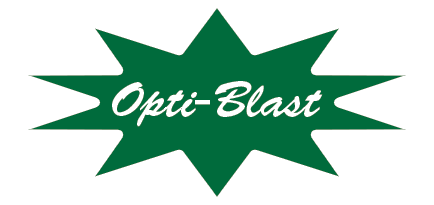The Best Plastic Blast Media for Your Maintenance Programs
Choosing the best plastic blast media for your maintenance and repair programs for parts can be a crucial decision, impacting both the quality of your finish and the efficiency of your process. Whether you’re tackling a military aviation project or working in an industrial setting, selecting the right plastic blast media is essential for achieving optimal results. At Opti-Blast, our various types of plastic blast media, their properties, applications, and overall quality has helped countless MRO teams and companies create efficiencies while maintaining parts and components. Our abrasive blast media experts are ready to help you with key considerations to help you make an informed choice on media, even creating custom blends when necessary.
Plastic Abrasive Media Usage and Industries
Plastic blast media, also known as plastic abrasive media, is a versatile option for surface preparation, cleaning, and finishing tasks across a wide range of industries including:
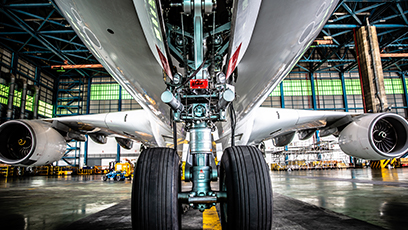
- Aerospace
- Aviation
- Electronics
- Defense
- Marine
- Auto Restoration
- Industrial
Advantages of Plastic Blast Media
Unlike traditional abrasive materials such as sand or glass beads, plastic blast media offers unique advantages including reduced dust generation, reusability, recyclability, and compatibility with delicate substrates. Additionally, plastic media is available in various formulations to suit specific applications, making it a preferred choice for many professionals.
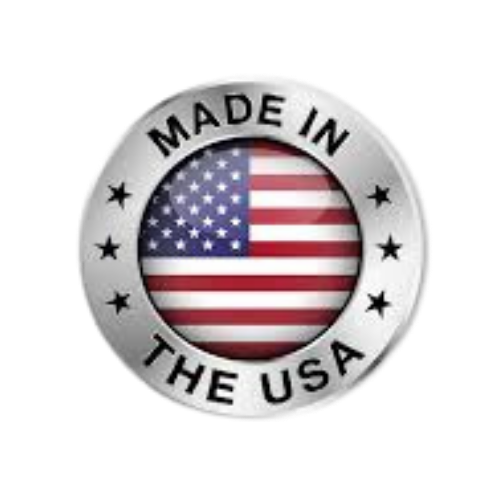
Type of Plastic
One of the primary factors to consider when selecting plastic blast media is the type of plastic material used. Common options include acrylic or Polymethyl Methacrylate (PMMA), polyethylene, melamine, and urea. Each type of plastic media has its own set of properties and characteristics, making it suitable for different applications. Melamine plastic media, for example, is known for its toughness and versatility, making it ideal for removing coatings, contaminants, and corrosion from metal surfaces. Acrylic plastic media, on the other hand, offers excellent cutting power and is often used for deburring, deflashing, and surface smoothing tasks. It is ideal for aircraft components and powder coating removal from pultruded aluminum parts, thin fiberglass components, and thin gauge metals. Urea plastic media is prized for its hardness and durability, making it suitable for applications requiring aggressive material removal and long-lasting performance.
Size and Shape
Another important consideration when choosing plastic blast media is the shape and size of the particles. Plastic media is available in various shapes, including spherical, angular, and irregular. The choice of particle shape depends on the specific requirements of your application, such as the desired surface finish and the complexity of the substrate. When abrasive blasting is used as a surface preparation technique, the intention is to remove all surface contaminants and also prepare the substrate to receive a coating. When abrasive blasting is to be used as a cleaning procedure, then the intention is to remove the surface contaminants, while leaving the substrate untouched. All coatings have a recommended surface profile (roughness) specification. Excess surface profile can shorten the life of a thin-film, low-build coatings, insufficient profile can cause delamination of high-build coatings.
Whether for a surface preparation or a cleaning procedure, both require specific blast media. Spherical plastic media, for instance, is well-suited for achieving a smooth, uniform finish on contoured surfaces, while angular media is more effective at removing tough coatings and contaminants from flat surfaces.
The ideal abrasive size is where the largest particle is equal to the size of the thickness of the coating to be removed. If the particle size is too large, the “hit rate” is reduced because the grain count in the pot is lowered. If the particle size is too small, the speed of cutting through the old surface is reduced.
Grain toughness is a term given to describe it’s durability and recyclability. A tougher grain converts more energy into the removal of the old coating, while a weaker grain is more likely to disintegrate on impact.
Additionally, the size of the media particles plays a crucial role in determining the aggressiveness of the blasting process. Fine particles are suitable for delicate applications that require precise control, while coarse particles are better suited for heavy-duty cleaning and surface preparation tasks. The more rounded the particle is, the more contact area it has, which increases the surface removal speed.
Be sure to ask our blast media experts about Opti-Blast’s unique approach to size and shape of our plastic blast media!
Opti-Blast Plastic Blast Media
The Right Media for the Right Application
Opti-Blast offers non-toxic, environmentally safe media formulations for a wide variety of cleaning, stripping, and depainting applications. The plastic particles maintain fast-acting, sharp edges over many cycles of use.

Chemically Inert: No Silicosis Hazard, Consistent Particle Size, Static Resistant and Environmentally Safe.

Static Resistant Plastic Media Designed for Dry-Blast Cleaning of Molds, Tooling & Depainting Metal Surfaces
- Mil-Spec MIL-P-85891A
- Excellent Strip Rate
- Anti-Stat Applied
- Environmentally Safe
Made in the USA
Opti Blast, Inc. manufactures ALL of its plastic blast media, assuring consistent quality standards of our product. All of our leading competitors within the industry do not manufacture their own plastic abrasives in-house. Thus, making Opti-Blast, Inc. the only true manufacturer of plastic abrasives in the US.
Serving Commercial & Military Customers Worldwide for Over 25 Years
Opti-Blast, Inc. meets and exceeds all requirements for: General Electric, Honeywell Aircraft Landing Systems, Goodyear, Goodrich Aerospace, Aviall/ Boeing, Department of Defense, Canadian Ministry of Defense and other major customers. We are also proud to be Mil-Spec approved (MIL-P-85891) and have our bulk blast media used by more and more professionals worldwide in Aerospace, Aviation, MRO, Electronics, Defense, Industrial Manufacturing, and Auto Restoration.
Types of Plastic Blast Media
Type II (Urea)
Type Ill (Melamine)
Type V (Acrylic)
Type VIII (Urea/Melamine Blend)
Special Media Blends*
* Special Media Blends available for unique and customized substrates
Available Size
12/16
12/20
16/20
20/30
20/40
30/40
40/60
60/80
40/100
Examples of Use
Maintenance Repair & Overhaul (MRO) of aircraft components

Dry and wet blast for flash removal and surface preparation
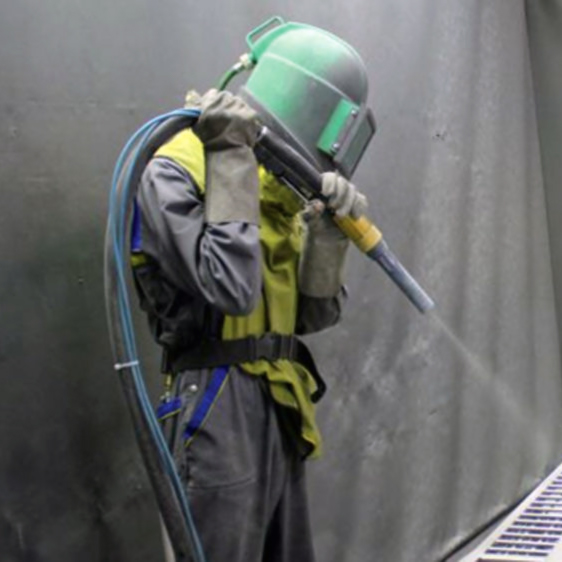
Paint removal/restoration
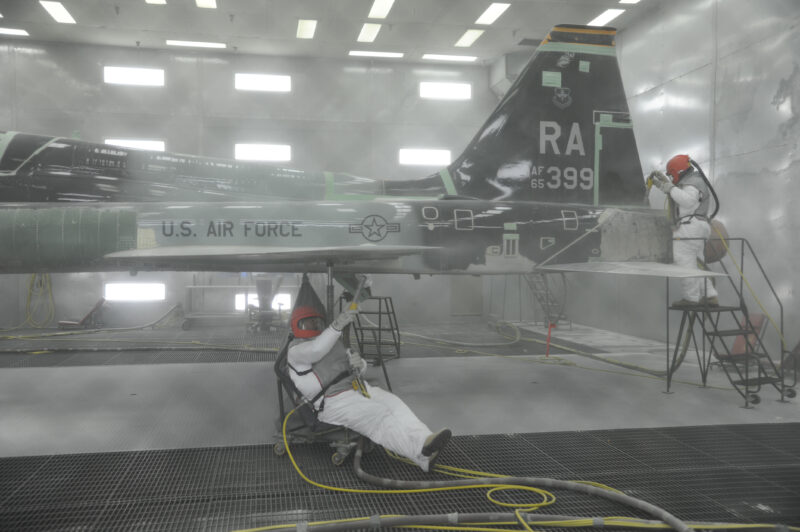
Strips paint from aluminum, fiberglass and dense hardwood hulls
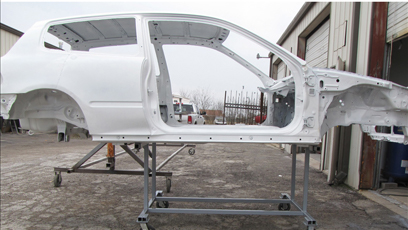
Blasting Equipment
In addition to considering the properties of the plastic blast media itself, it’s essential to evaluate the equipment and blasting parameters required for your project. While we at Opti-Blast do not offer equipment other than blast media bulk supplies, we know different types of blasting equipment, such as pressure blasting systems, suction blasting cabinets, and tumble blast machines, may be used depending on the application and scale of the job. It’s important to select the appropriate equipment and adjust blasting parameters such as pressure, nozzle size, and media flow rate to achieve the desired results while minimizing material waste and energy consumption.
Environmental Factors
When choosing the best plastic blast media for your project, it’s also important to consider environmental and safety factors. Unlike traditional abrasive materials such as silica sand or coal slag, plastic media is non-toxic and non-hazardous, making it safer for both operators and the environment. Additionally, plastic blast media is reusable for many cycles depending on its usage. Last but equally important, our plastic media is one of the few if only abrasive media product that is recyclable, allowing for cost savings and reduced waste generation. By choosing plastic blast media, you can minimize the environmental impact of your blasting operations while ensuring the safety and well-being of your workers. Ask us how!
Get Bulk Abrasive Blasting Supplies
Selecting the best plastic blast media involves considering a variety of factors including the type of plastic material, particle shape and size, blasting equipment, and environmental considerations. At Opti-Blast, we also believe in high quality which is why our manufacturing is done in-house in the United States. We also believe in meeting the demand of our customers which is why we make sure we have product in stock to meet your needs in a variety of bulk media packaging formats.
By understanding the properties and characteristics of different types of plastic media and evaluating your specific application requirements, you can choose the most suitable option for your project. Whether you’re removing paint from an airplane body, deburring machined parts, or cleaning delicate surfaces, plastic blast media offers a versatile and effective solution for a wide range of blasting applications.
In addition to our Standard Product line, we have a variety of specialty blast media formats. We also offer customers a variety of other blast media material, as well, such as aluminum oxide (ALOX) blast media, glass blast media, and shot blast media to meet market demands with quality output. Don’t see what you want? Call us and we can discuss.
Overall it is clear we believe in the power of plastic blast media which is why our Texas-based company has become a global leader for abrasive blast media supplies. Request a sample of our blast media today or contact us about your needs!
